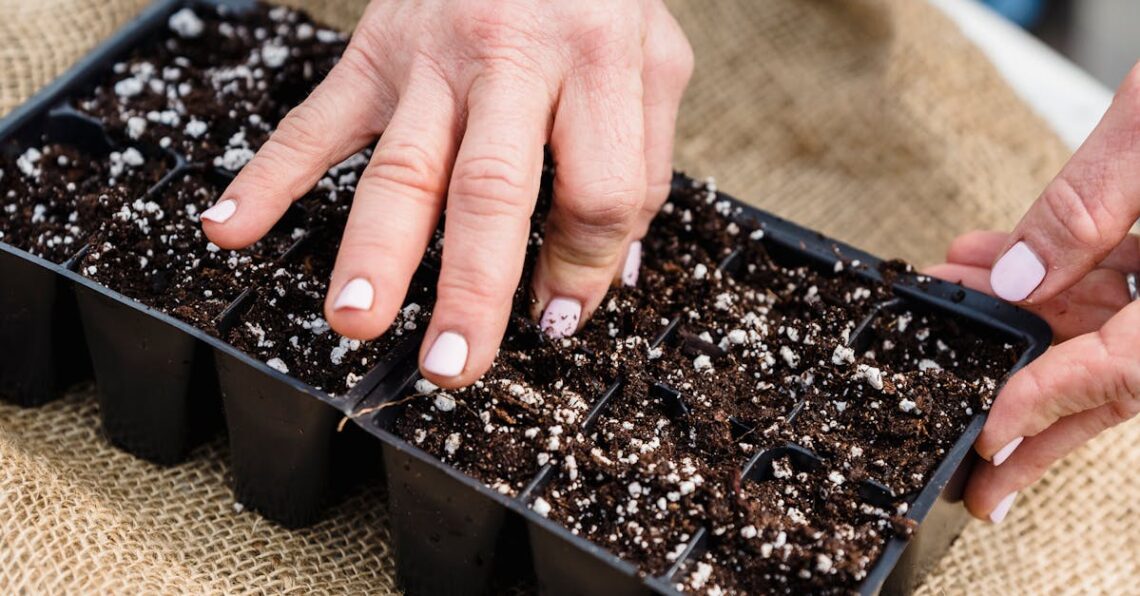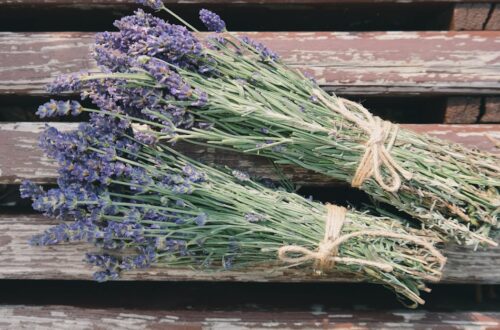Growing peonies from seed can seem like a daunting task, but with the right information and techniques, it can be a rewarding experience for any gardening enthusiast. Peonies are known for their stunning blooms and delightful fragrances, making them a cherished addition to any garden. By cultivating peonies from seeds, you not only save money but also embark on a journey of nurturing plants from their very beginning stages. This comprehensive guide will equip you with knowledge about the best methods, timing, and care needed for successful germination and growth of your peonies, ensuring your garden flourishes with these beautiful perennials.
Understanding Peony Seeds
Understanding peony seeds is crucial for successful cultivation. There are several types of peonies, including herbaceous, tree, and intersectional varieties, each offering unique beauty and growth habits. Herbaceous peonies are popular for their vibrant flowers and sturdy stems, while tree peonies add a more woody structure to your garden. The seed characteristics vary: fresh seeds usually display a hard shell with varied colors based on the type, and they can take a few months to germinate. For exceptional blooms, it’s essential to stratify seeds before planting, mimicking natural processes. This comprehensive knowledge equips gardeners for optimal growth, enhancing your experience in growing peonies from seed. Ready to start your peony journey?
Types of Peonies
Herbaceous, tree, and intersectional peonies each bring distinct forms and colors to gardens.
Seed Characteristics
Fresh peony seeds have a hard shell and require stratification for successful germination.

Preparing for Planting
Successfully starting your peony garden requires careful preparation, especially when growing peonies from seed. First, selecting high-quality seeds from reputable sources is essential. This ensures strong germination rates and vibrant blooms. Next, soil preparation is crucial—opt for well-drained, rich soil with a balanced pH to provide the best growing conditions for your peonies. Mix in organic matter like compost to enhance soil fertility. Lastly, timing your planting affects growth; plant seeds in the fall for optimal exposure to winter stratification. Remember, patience is key as peonies may take a few seasons to bloom. Follow these steps to set your garden up for success!
Choosing the Right Seeds
Select seeds that are certified for quality and sourced from reliable growers to ensure vigorous plants.
Soil Preparation
Ensure soil is rich and well-drained, mixing with organic matter to create ideal growing conditions.
Timing for Planting
Plan to plant seeds in fall, allowing for natural cold stratification to aid in germination.

Planting Peony Seeds
Planting peony seeds is a rewarding endeavor for garden enthusiasts, providing you the opportunity to cultivate unique blooms. Begin by stratifying seeds in a cool, moist environment for several weeks to break dormancy. This mimics winter conditions and enhances germination rates. After stratification, sow the seeds in well-draining soil during early spring or fall, covering them lightly to a depth of about one inch. This depth ensures that the seeds have enough warmth and moisture for successful sprouting. Proper spacing, typically 12-18 inches between seeds, allows ample room for growth, preventing overcrowding as they mature. With patience and care, you will enjoy vibrant peonies flourishing in your garden in due time.
Sowing Methods
There are various methods to sow peony seeds effectively. You may opt for direct sowing in the garden or starting seeds indoors in seed trays. If starting indoors, provide sufficient light and warmth to facilitate healthy growth.
Depth and Spacing Tips
For optimum growth, plant seeds approximately 1 inch deep and maintain a distance of 12-18 inches apart to promote strong root development. Proper spacing is crucial to allow peonies room to thrive.

Caring for Seedlings
To ensure the successful growth of your peony seedlings, it’s essential to understand their care requirements. Water them regularly, maintaining moist but not overly wet soil; too much water can lead to root rot. Fertilization is also crucial — use a balanced, slow-release fertilizer to promote healthy growth. It’s best to fertilize during the active growing season. Additionally, peonies thrive in environments with ample sunlight and moderate temperatures. Position your seedlings in spots that receive at least 6 hours of direct sunlight daily. By adhering to these care tips, you’ll set the stage for vibrant, blooming peonies.
Watering Requirements
Proper watering is vital. Keep the soil moist and well-drained to prevent rot.
Fertilization Tips
Apply a slow-release fertilizer to support healthy growth during the growing season.
Light and Temperature Needs
Ensure at least 6 hours of sunlight daily for optimal development.

Transplanting Peonies
Transplanting peonies is a crucial step for maintaining their health and vigor. Ideally, the best time to transplant is in early spring or fall, when the plants are dormant. This minimizes stress and allows established roots to adapt quickly to the new environment. During transplanting, avoid disturbing the roots excessively, as they are sensitive. Ensure the new site has well-draining soil and receives ample sunlight, which is vital for peony growth and blooming. Keep in mind that peonies can take a year or two to establish themselves after transplanting, so patience is key to enjoying robust flowers in the future.
When to Transplant
Transplant peonies in early spring or fall for optimal health.
Best Practices for Transplanting
Minimize root disturbance; ensure well-draining soil.

Common Challenges and Solutions
Growing peonies from seed can present several challenges, yet understanding them can turn obstacles into opportunities. Pest issues such as aphids and thrips can damage young plants, so regular monitoring is key. Employing natural insecticides and introducing beneficial insects can mitigate these problems effectively. Disease management is crucial; peonies are prone to fungal infections like botrytis. Ensuring good air circulation and using fungicides will help keep plants healthy. Additionally, environmental challenges such as poor soil drainage or extreme temperatures can affect growth. Amending soil and providing shade or mulch can create a more favorable growing environment, promoting vibrant blooms. Address these issues head-on for a thriving peony garden!
Pest Issues
Aphids and thrips can deter growth. Monitor regularly and apply natural pesticides.
Disease Management
Use fungicides and ensure good air circulation to prevent fungal infections.
Environmental Challenges
Improve soil drainage and provide shade or mulch to stabilize growth conditions.

Harvesting and Enjoying Your Peonies
Harvesting peonies is a rewarding experience that allows you to enjoy their stunning beauty in your home. Wait until the blooms are tightly closed but showing color, as this ensures a longer vase life. Generally, peonies are ready to be cut when buds are about to open in mid to late spring. To promote optimal growth, it’s essential to cut them early on a dry day, ideally before noon. Ensure you avoid cutting the stems too short, leaving at least 6 inches to allow the plant to regenerate. After harvesting, to enhance your enjoyment, place your peonies in cool water immediately. This will help them bloom beautifully indoors, providing fragrant displays for weeks.
When to Harvest Blooms
For the best results, cut peony blooms when they are in the bud stage, just before they fully open. This timing helps maintain their freshness and longevity when arranged.
Caring for Cut Flowers
To keep your cut peonies vibrant, remove any leaves that will be submerged in water and change the water every few days. Regular trimming of the stems at an angle will also help them absorb more water.

Conclusion
Growing peonies from seed is not only an enriching gardening experience but also opens doors to a unique variety of blooms. With proper cultivation techniques and a little patience, you can successfully nurture these stunning flowers from their seeds into vibrant plants that adorn your garden and home.






